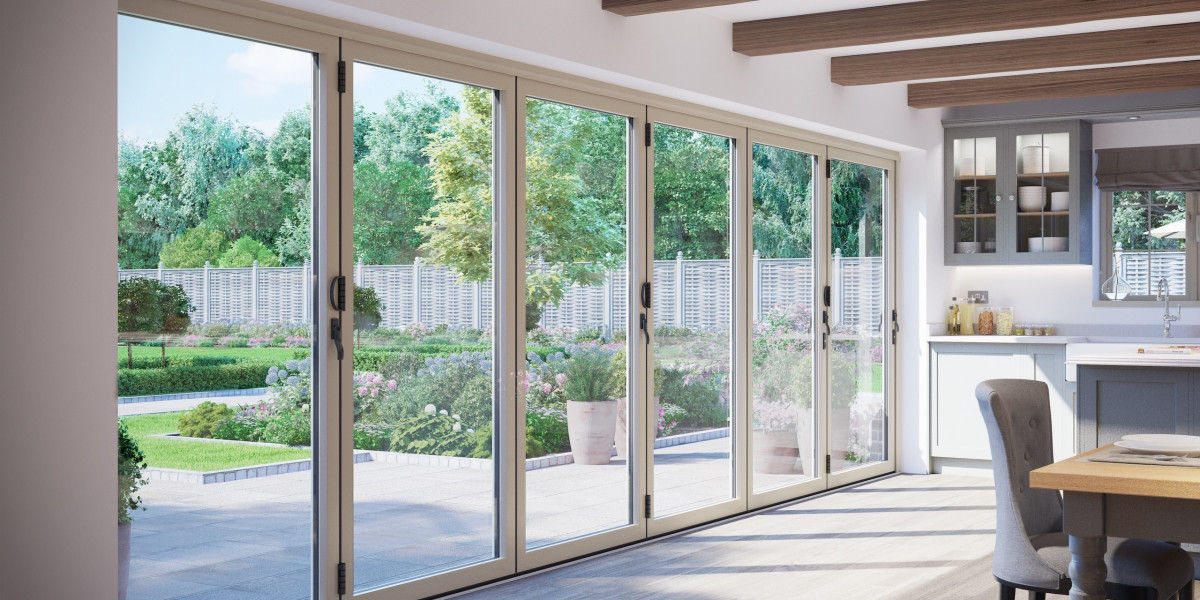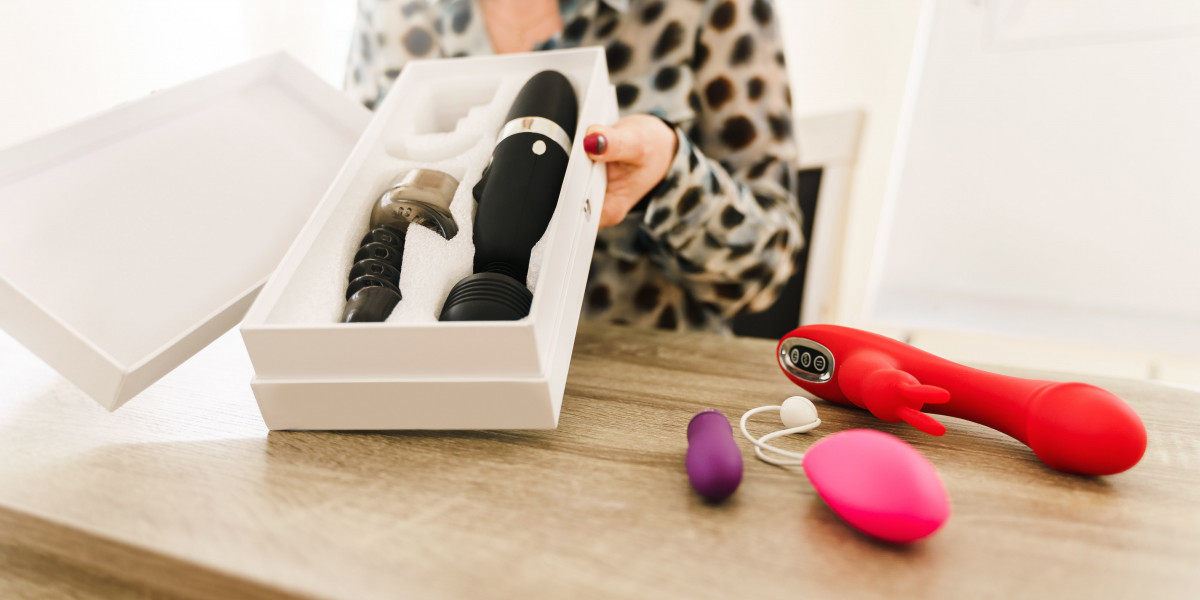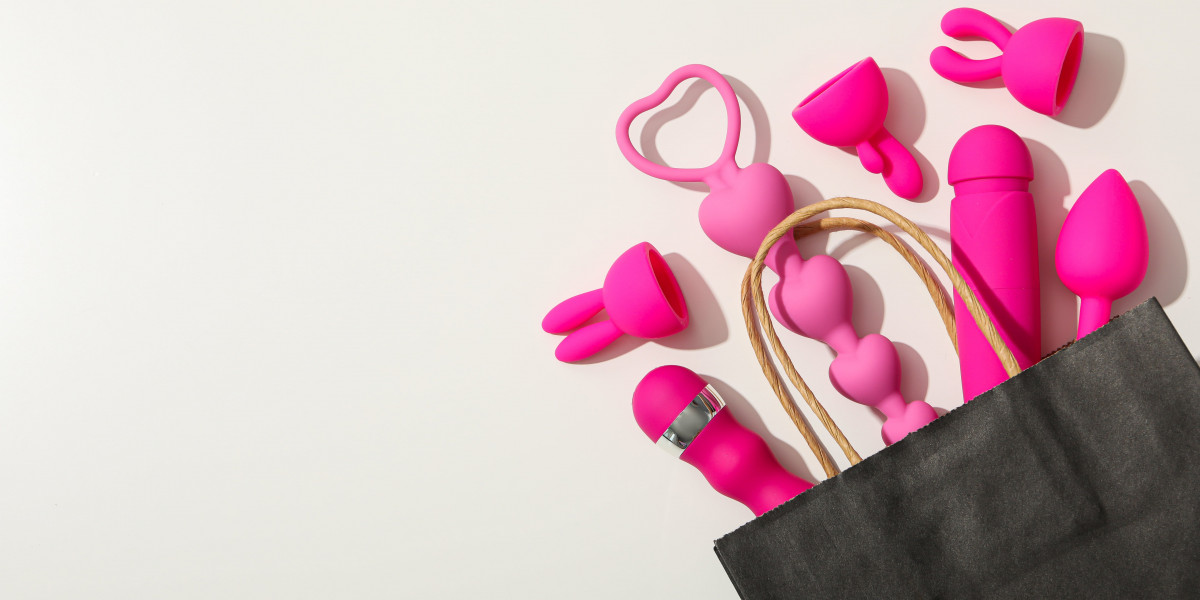
Understanding and Repairing Bifold Door Brackets: A Comprehensive Guide
Bifold doors are a flexible and space-saving option for both property and commercial spaces. They are typically utilized in closets, kitchens, and room dividers due to their capability to fold neatly and use up very little space when open. However, like any mechanical system, bifold doors can experience wear and tear gradually, particularly at the hinges and brackets. This short article looks into the significance of bifold door brackets, common problems that develop, and detailed guidelines for fixing them.
The Importance of Bifold Door Brackets
Bifold door brackets are essential elements that support the weight of the door panels and guarantee smooth operation. These brackets are usually connected to the top and bottom of the door frame and are accountable for directing the doors as they fold and unfold. Without effectively working brackets, bifold door maintaining tips doors can end up being misaligned, difficult to open and close, or even fall off the track.
Typical Issues with Bifold Door Brackets
- Loose or Damaged Brackets: Over time, the screws that hold the brackets in place can loosen up, triggering the doors to droop or become misaligned.
- Damaged Hinges: The hinges within the brackets can break, leading to creaking sounds and lowered functionality.
- Misaligned Tracks: If the tracks are not properly aligned, the brackets may not work properly, causing the doors to bind or stick.
- Rust and Rust: Exposure to moisture can cause brackets to rust, which can deteriorate their structural stability and lead to failure.
Tools and Materials Needed for Repair
Before you start the repair process, gather the following tools and products:
- Screwdriver (Phillips and flathead)
- Drill and drill bits
- Adjustable wrench
- Lubricating oil (such as WD-40)
- Replacement brackets (if necessary)
- Sandpaper (for rust removal)
- Paint or rust-resistant finishing (if required)
Step-by-Step Guide to Repairing Bifold Door Brackets
Examine the Brackets and Tracks
- Action 1: Open the bifold doors fully and inspect the brackets and tracks for any noticeable damage, loose screws, or misalignment.
- Action 2: Check the hinges within the brackets for wear and tear. Look for signs of rust, creaking, or stiffness.
Tighten Loose Screws
- Step 1: Use a screwdriver to tighten all screws on the brackets. Start from the top brackets and work your method down to the bottom.
- Step 2: If any screws are stripped or damaged, remove them and utilize a drill to develop brand-new holes. Replace the screws with brand-new ones.
Oil the Hinges
- Action 1: Apply a couple of drops of lubricating oil to the hinges within the brackets. Move the doors back and forth to disperse the oil evenly.
- Step 2: Wipe away any excess oil with a tidy fabric to prevent it from dripping onto the floor or other surface areas.
Align the Tracks
- Step 1: If the tracks are misaligned, use an adjustable wrench to loosen the screws that hold the track in place.
- Action 2: Gently adjust the track to ensure it is level and straight. Retighten the screws to secure the track in its brand-new position.
Replace Damaged Brackets
- Step 1: If any brackets are harmed beyond repair, eliminate them by unscrewing the screws that hold them in place.
- Step 2: Install the new brackets in the very same position, guaranteeing they are safely fastened with brand-new screws.
Get Rid Of Rust and Apply Protective Coating
- Step 1: Use sandpaper to eliminate any rust from the brackets and tracks. Sand up until the surface area is smooth and devoid of rust.
- Action 2: Apply a rust-resistant finish or paint to the brackets and tracks to prevent future deterioration.
Evaluate the Doors
- Action 1: Once all repairs are total, check the bifold doors by opening and closing them numerous times. Guarantee they move smoothly and are correctly aligned.
- Action 2: Make any final adjustments as needed to ensure optimal efficiency.
FAQs
Q: How frequently should I check and keep my bifold door refurbishment door brackets?A: It is recommended to examine and maintain your bifold door brackets a minimum of as soon as a year. However, if you discover any signs of wear or malfunction, it is best to address the issue immediately to prevent additional damage.
Q: Can I lubricate the hinges with any type of oil?A: While any type of oil can supply some lubrication, it is best to utilize a premium lubricating oil such as WD-40. This kind of oil is particularly developed to reduce friction and avoid rust, making it ideal for bifold door hinges.
Q: What should I do if the tracks are bent or damaged?A: If the tracks are bent or damaged, it might be essential to replace them. Speak with the maker's directions or a professional for assistance on how to repair bifold door to replace the tracks.
Q: Can I paint over rust on the brackets?A: It is not advised to paint over rust. Rust can continue to spread out under the paint, causing more damage. Always eliminate rust with sandpaper before applying a protective finishing or paint.
Q: Are there any preventive procedures I can take to extend the life of my bifold door repair quote door brackets?A: Yes, routine upkeep is essential. Keep the brackets and tracks clean and without particles. Oil the hinges frequently, and look for loose screws or signs of wear. Address any problems quickly to avoid more severe issues.
Bifold door brackets are necessary for the smooth operation and longevity of your bifold doors. By comprehending common concerns and following the actions described in this guide, you can efficiently repair and keep your bifold door brackets. Routine upkeep and prompt attention to any signs of wear will ensure that your bifold door hinge replacement doors continue to operate effectively for years to come.







